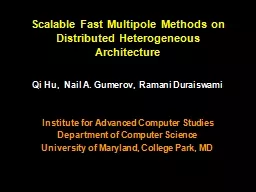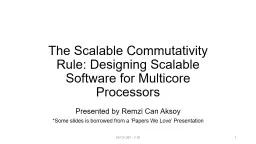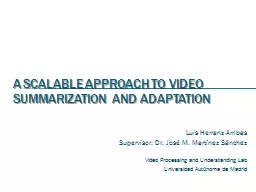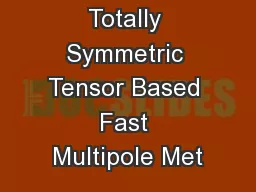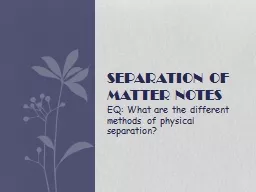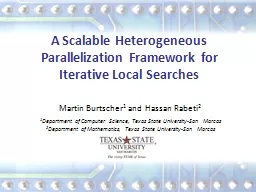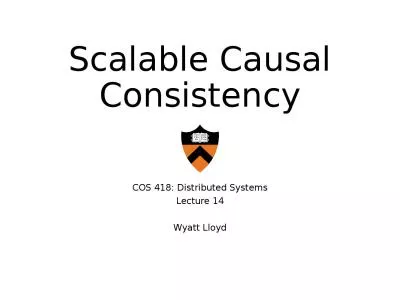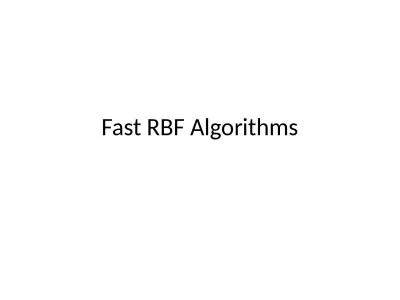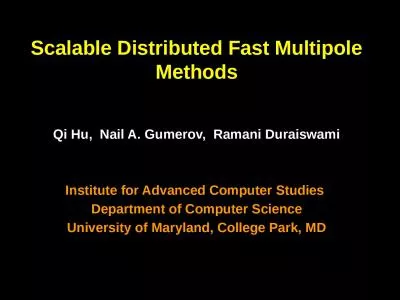PPT-Scalable Fast Multipole Methods on Distributed Heterogeneous Architecture
Author : lindy-dunigan | Published Date : 2018-10-07
Qi Hu Nail A Gumerov Ramani Duraiswami Institute for Advanced Computer Studies Department of Computer Science University of Maryland College Park MD Previous work
Presentation Embed Code
Download Presentation
Download Presentation The PPT/PDF document "Scalable Fast Multipole Methods on Distr..." is the property of its rightful owner. Permission is granted to download and print the materials on this website for personal, non-commercial use only, and to display it on your personal computer provided you do not modify the materials and that you retain all copyright notices contained in the materials. By downloading content from our website, you accept the terms of this agreement.
Scalable Fast Multipole Methods on Distributed Heterogeneous Architecture: Transcript
Download Rules Of Document
"Scalable Fast Multipole Methods on Distributed Heterogeneous Architecture"The content belongs to its owner. You may download and print it for personal use, without modification, and keep all copyright notices. By downloading, you agree to these terms.
Related Documents

